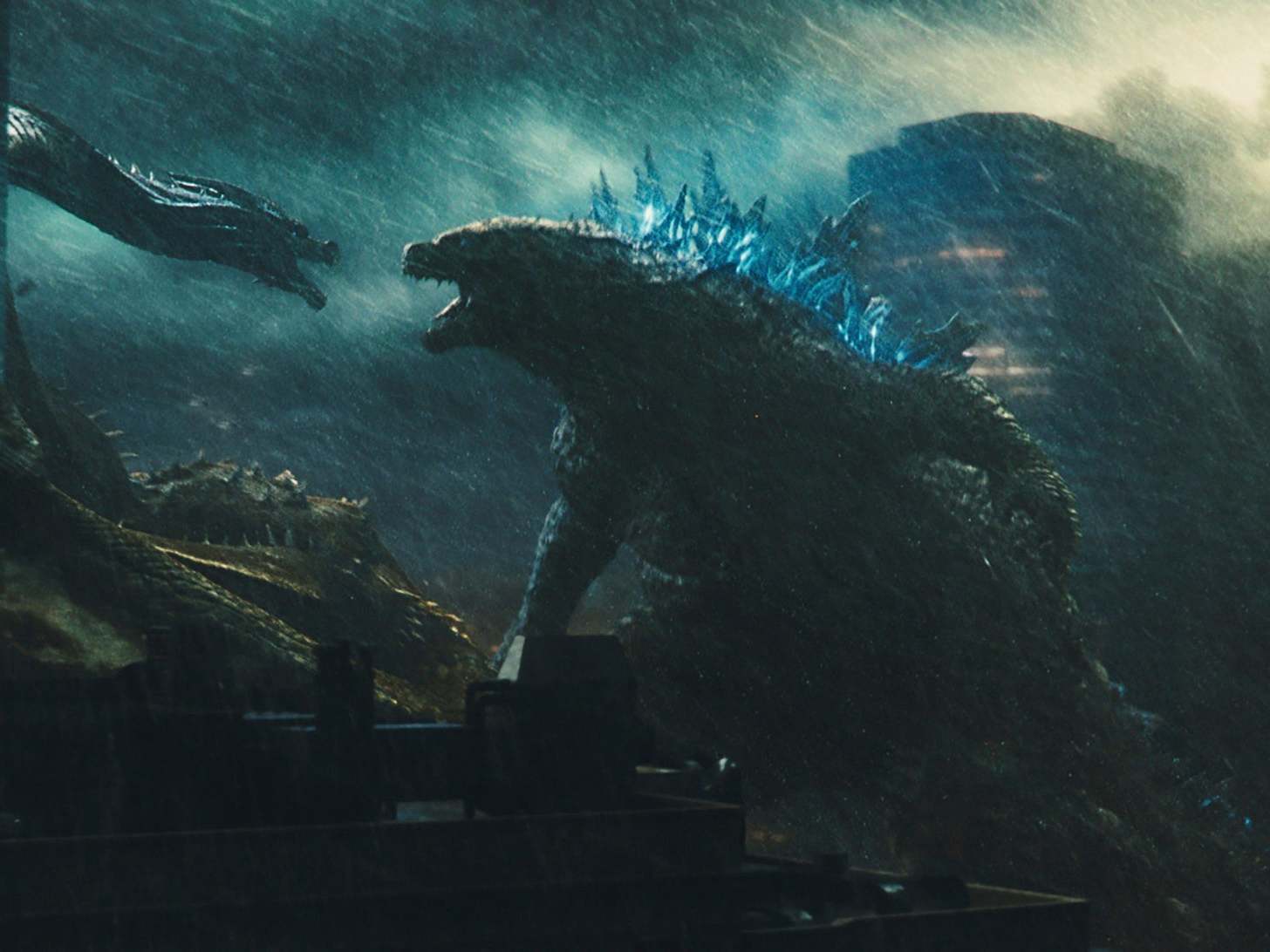Godzilla: King of the Monsters – How the Japanese icon has been lost in translation
As Hollywood’s latest iteration of the character stomps into cinemas, Clarisse Loughrey explores Godzilla’s origins as a beast born out of a nation’s trauma

Godzilla’s home will always be Japan. Sure, the reptilian terror who crushes cities underfoot may have found worldwide success over the years, ever since the Americanised black and white version of his 1954 debut in Godzilla, but something’s always been lost in translation. What Hollywood interpreted simply as actors in rubber suits swatting at model skyscapers was, in fact, a scaled and clawed manifestation of Japan’s scarred history. He is a beast born out of the trauma left behind by Hiroshima and Nagasaki, the targets of two US atomic bombs, that killed roughly 200,000 people. Now it’s the turn of Godzilla: King of the Monsters, Warner Bros’ latest entry into its cinematic universe of the creature.
In the 1950s, the Japanese film company Toho took a cue from America’s own success with monster movies, namely the 1952 re-release of King Kong and 1952’s The Beast from 20,000 Fathoms, and decided to deliver a distinctly Japanese take on the genre. What was high fantasy for Hollywood became something starker and more disturbing for a country still processing the atrocities that had been committed against it. The 1954 Godzilla, in its original version, is a film shaped by devastation, as the camera lingers on images of flattened buildings and debris-littered streets.
Not only did the film confront the past, but it also tackled a current anxiety: that same year, a Japanese fishing crew were hit with radiation sickness, after their boat Lucky Dragon No 5 ended up in the blast radius of an American weapons test on Bikini Atoll. The people of Japan feared that the nuclear nightmare had returned to their shores, as concerns spread that their fish stocks had been contaminated. It was no coincidence that 1954’s Godzilla opens with the mysterious destruction of several ships, including a fishing boat.
Toho is responsible for a total of 32 Godzilla films and, over the decades, the creature’s menace has waxed and waned. By the 1960s, as Japan slowly began to heal, he became a largely comic figure and was often portrayed as the antihero, stepping in to save humanity from any number of mega-sized threats. The 1980s saw him slip back into his usual destructive habits of destroying cities, as the franchise channelled concerns that recent advancements in genetic engineering risked moral aberration. The most recent live-action film, 2016’s Shin Godzilla, was made after nearly a decade’s silence from the beast, following disappointing box-office receipts for 2004’s Godzilla Wars. It also arrived in the aftermath of a new kind of nuclear horror. In 2011, the Tohoku earthquake led to a massive tsunami that flooded the emergency generators of the Fukushima Daiichi nuclear power plant, causing three nuclear meltdowns and the release of masses of nuclear material into the air. It was the second biggest nuclear accident after Chernobyl.
This finds its way into the very DNA of Shin Godzilla, with much of the film’s sense of horror arising from the unprecedented nature of the creature’s attack. The Japanese government left just as unequipped to deal the prospect of a giant lizard trampling all over Tokyo as they were with a complete nuclear meltdown. There’s no action plan in place, yet officials are prevented from taking quick action because they’re crippled by bureaucracy, wasting precious time arguing over whether the creature is the responsibility of those managing the seas (where it came from) or the land (where it’s headed).
Yet most audiences outside of Japan will never see this side to the towering lizard. An “Americanised” version of the first Godzilla film was released in 1956 under the title Godzilla, King of the Monsters!, but its political messaging was completely sanitised, with mentions of the dangers of nuclear testing replaced with newly shot scenes featuring actor Raymond Burr, playing an American journalist caught up in Godzilla’s rampage across Tokyo. Meanwhile, 1998’s infamous Godzilla, starring Matthew Broderick, played it like a shoddy Jurassic Park rip-off, the giant reptile more closely resembling a jacked-up T-Rex than the prehistoric sea monster it’s meant to be. Elsewhere, Gareth Edwards’s 2014 version piled on the atmosphere to bring back a sense of awe to the character, but largely relied on apocalyptic messaging. All the darkened skies and rumbling storms ended up relegating Godzilla to the long line-up cinematic metaphors for climate change.
Although a critical sequence in that film is set during the destruction of a power plant in Japan, the film backs away from the cultural specificity of the character and applies a wider (and westernised) meaning to the character, moulding him as an ancient force of nature. As Edwards described before the film’s release: “the idea is that Godzilla is coming to restore balance to something mankind has disrupted.” It’s a theme that’s been carried through to its sequel, Godzilla: King of the Monsters, as the planet becomes a playground for nature’s wrath and our antihero fights three other of Toho’s creations: Mothra, Rodan and King Ghidorah. As fascinating as it is to see one of cinema icon’s revisited and reinterpreted for new generations, Godzilla’s Hollywood makeover risks losing what makes him a truly fearsome beast.

Godzilla: King of the Monsters is released in UK cinemas on 29 May
Join our commenting forum
Join thought-provoking conversations, follow other Independent readers and see their replies
Comments